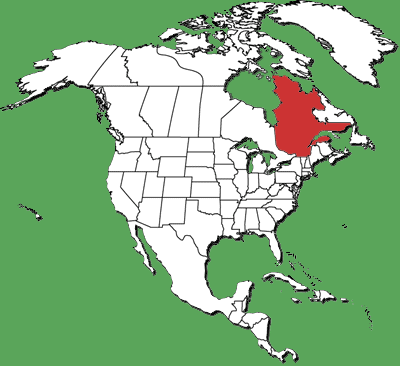
Circle the area on this map

A. Quebec is Canada's largest province by area, occupying a territory nearly three times the size of France or Texas, and most of it is very sparsely populated. But, Quebec is Canada's second most populous province after Ontario.
C. With a metropolitan area population of 3.8 million, Montreal is Canada's second largest city behind Toronto in Ontario. Metropolitan Toronto has about 5.5 million people.
D. From 1963 to 1970, the group was was responsible for over 160 violent incidents, which killed eight people and injured many more. It was by far the most radical, violent and aberrant expression of long-held desires of many French-speaking residents for a separate nation or special status for Quebec.
B. The Premier of Quebec is usually the head of the party winning the most seats in the National Assembly of Quebec and is normally a sitting member of the National Assembly. Like the rest of Canada, Quebec has a parliamentary system of government.